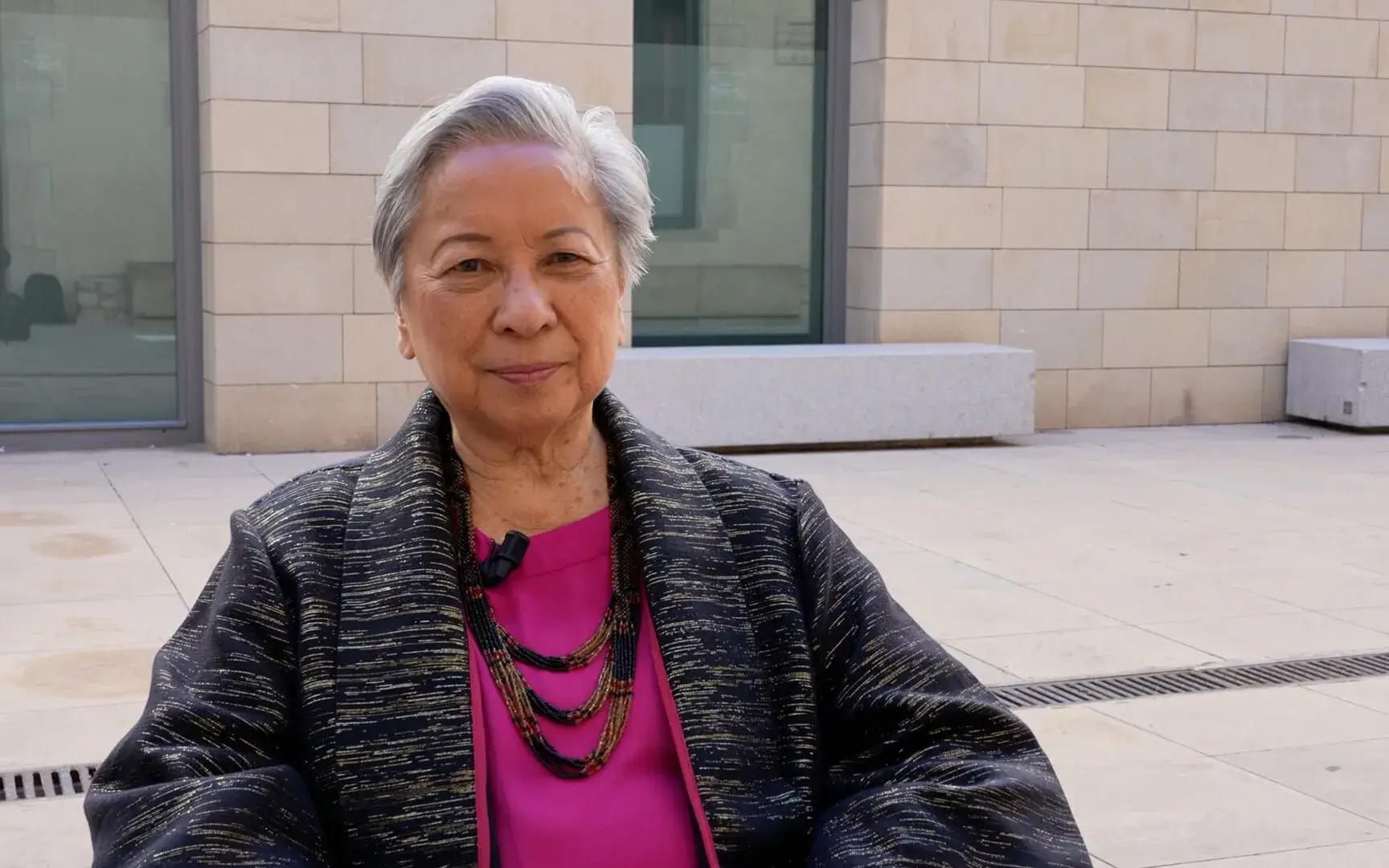The culture of peace is committed to a comprehensive and transversal approach to violence while considering conflict an inevitable part of every society.
The culture of peace becomes a philosophy of life, politics and economy , a set of values derived from the principles of tolerance, freedom and justice, applicable transversally and which put at the center the rejection of violence and respect for rights humans _
In addition, the culture of peace is closely linked to research for peace , which, in turn, arose in the 1930s, from the study of historical conflicts . This bond became even closer after the Second World War, and especially following the start of the nuclear arms race escalation.
This resource presents some keys to the culture of peace and collects links to materials and organizations working in this area. The capsule ' Introduction to the culture of peace ' of the International Civil Service (SCI) has been taken as the main source.
What is the culture of peace?
Culture is made up of all the truth of customs, ways of doing and living and traditions of a society . It has a huge influence on our ways of acting and thinking, and has effects on how we carry out work activities, how we establish relationships, how we consume... At the same time, however, culture changes and evolves with time , is linked to the context and the people.
The culture of peace is that which establishes non-violence in all these areas of tradition and customs, that is to say, it is a culture that implants peace as the basis of society . The entities and agents that work in this area define some key concepts around which their actions revolve.
Peace and violence
The first essential concept is, obviously, peace . This has two sides, the negative and the positive . The first term is the most widespread, and is understood as the absence of conflict or violence , motivating actions such as preventive wars or the application of repressive rules. Positive peace , on the other hand, goes further. It is the basis of the actions of the entities for the culture of peace, and refers to the joint and structural construction of cooperation, tolerance and human dignity . It is a concept of peace that is developed through a sensitive dialogue with the context.
A second key to the culture of peace is violence . This occurs in three forms: direct, structural and cultural. Direct violence is that which is exercised from person to person or group to group, so that victims and perpetrators can be identified. Structural violence , on the other hand, is that rooted in how society has been constructed, so its victims can be identified, but not the people who perpetrate it. Finally, cultural violence is that which grounds, justifies or legitimizes structural violence through the customs and traditions of a society.
These definitions of peace and violence are important to the establishment and study of the culture of peace because, as antagonistic concepts, the dynamics through which they relate dictate the policies that will be developed to address them. . Negative peace, for example, only acts towards direct violence, and considers peace as the absence of conflict, limiting the consideration of the latter to violent acts that must be eliminated, and thus feeding the culture of violence .
conflict
For the reasons explained in the previous section, another key concept that addresses the culture of peace is conflict. It is a concept that names a relation of opposition between needs that causes an element, the "problem", and that ends when this is transformed to the point where the parties involved no longer consider it as such.
The culture of peace starts from the consideration that all people have legitimate needs . For this reason, he understands conflict not only as an inevitable part of societies, but also as an opportunity for change, because the problem also transforms its environment. Therefore, the primary goal and challenge of the culture of peace is for society to have the tools, resources and sufficient capacities to address and transform conflicts without resorting to violence, and not to eliminate conflict.
Individual actions for the culture of peace
Although the construction of the culture of peace may seem to be the result of negotiations and political implementations of global scope , there are actions that citizens can do and that smaller entities can develop to contribute to this issue. They all refer to avoiding and confronting the dynamics that dominate the current system.
One of them, for example, is antimilitarism . In this sense, citizens can act in different ways: collaborate with disarmament campaigns (demilitarize.org , icanw.org ), consume ethically taking into account which businesses collaborate with armed banking (you can discover at bancaarmada. org ), ensure the non-naturalization of militarism in education (by supporting campaigns such as ' Demilitarize Education ')...
Individuals or small entities can also contribute to the culture of peace from a more local perspective . They can take actions in their neighborhoods and towns such as: take care of relationships and people by promoting the ethics of care, acquire conflict analysis skills to face those that may arise in their environments (contrast information, understand the plurality of perspectives...), learn to live with diversity (make the people around you aware of situations of discrimination or join anti-rumour campaigns)...







Add new comment